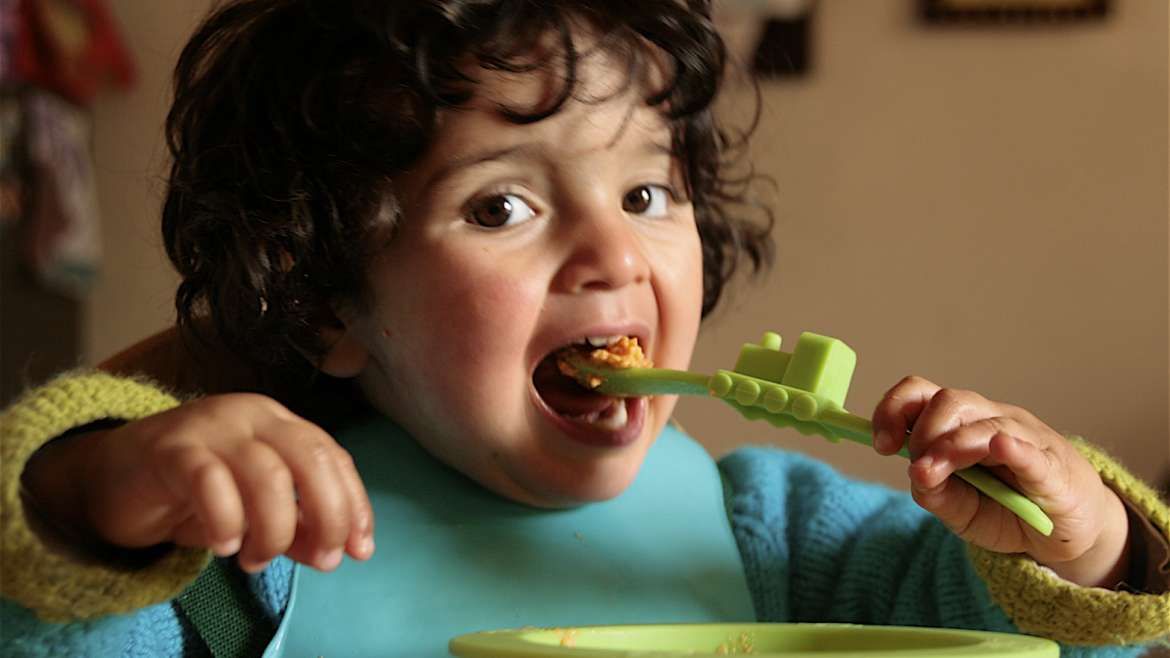Childhood is the best time to learn the healthy habits that can last a lifetime. Healthy eating can help your child feel good, stay at or reach a healthy weight, and have lots of energy for school and play. In fact, healthy eating can help your whole family live better.
No Need to worry!! This is how you can help your child learn healthy eating habits.
1Share the responsibility. You decide when, where and what the family eats.
Your child chooses whether and how much to eat from the options you provide. Young children are good at listening to their bodies. They eat when they’re hungry. They stop when they’re full. When we try to control how much children eat, we interfere with this natural ability. Keeping this division of responsibility helps your child stay in touch with those internal cues.
2 Help your children learn to eat slowly and recognize when they are full. Don’t let rules, pleading, or bargaining dictate your child’s eating patterns.
3 Discourage eating meals or snacks while watching TV. Try to eat only in designated areas of your home, such as the dining room or kitchen. Eating in front of the TV may make it difficult to pay attention to feelings of fullness, and may lead to over-eating
4 Setup a regular snack and meal schedule. Serve only modest portions of food
F5ind at least one food from each food group that your child likes, and make sure it is readily available most of the time.
6 Have your child eat a healthy breakfast. If you are in a hurry, try cereal with milk and fruit, nonfat or low-fat yogurt, or whole-grain toast.
7 Eat as a family as often as possible. Keep family meals pleasant and positive.
8 Buy Healthy snacks
9
Be a good role model Your own eating and lifestyle choices are a powerful teaching tool.
10
Limit sweet drinks. Encourage your child to drink water when he or she is thirsty. Do not stack up refrigerator with sweet drinks.
11 Offer lots of vegetables and fruits every day. Children between the ages of 2 and 8 should have 1 to 1½ cups of vegetables and 1 to 1½ cups of fruits each day. Children between the ages of 9 and 18 should have 2 to 3 cups of vegetables and 1½ to 2 cups of fruits each day.
12 Offer new food. Don’t give up on offering new foods. Children may need many tries before they accept a new food.
13 Don’t use food as a reward for success in school or sports. For example, don’t use favorite foods as rewards for behaving well. And don’t reward desired eating behavior (such as finishing a plate of food or trying a new food). If you serve dessert, consider it part of the meal, not a treat to follow the main course.
14 Use knowledge to reinforce healthy eating habits. Help your children understand healthy eating by teaching them about food—where it comes from, how it grows, what nutrients it contains, and how many calories (how much energy) it has.
15 Grow some of your own food in your backyard or in a pot on the back porch. Let your children have their own plants to take care of.
16 Let your children start helping you cook as soon as they show interest. Teach them simple, healthy recipes.
17 Let older children help you with shopping. Use it as a chance to teach them about food labels. Challenge them to find healthy foods by reading the labels.
18 At the dinner table, point out the various food groups in the meal. Make a game of naming those food groups to teach children the importance of variety and nutritional requirements.
The benefits of healthy eating will surely come in handy in the long term and following the above points is certainly going to help!!
This information is not intended to replace the advice of a doctor. ShishuOne PreSchool disclaims any liability for the decisions you make based on this information. Reference : Healthwise inc.



